In this blog I will try to explain as much as possible (and the topic is extensive) about the process and key factors when buying a preconstruction condominium. The below applies to Ontario, and more specifically the Greater Toronto Area (GTA).
Selecting the Location
Arguably the most important factor when buying real estate, especially if one of the goals is capital appreciation, is the location. Quality location is not always easy to determine, one needs to look at the current surroundings, future plans and developments of the area, and the possibility of gentrification. Less than desirable areas now may look much different in 10 years after a number of condo projects have been completed. Proximity to public transit can not be understated, ease of access to public transit has a large impact on the value of the surrounding area. Additional examples of questions surrounding the location are: how long it will take to get downtown, is the building currently in development next to the condominium a new arts center or homeless shelter, etc. You also need to look at all the negative factors of the surrounding area (e.g. high crime rates) to decide whether the project is worth investing in.
Choosing the Right Developer
Not all developers are the same, the quality they put out differ, and in worse case scenarios they never get the construction off the ground. I have written a blog regarding already, there have been many around the GTA in the recent years (Cosmos, Kennedy Gardens, to name a few). If you happen to be the unlucky one to invest in one of those, especially if this is your first venture into preconstructions, it could cause a major setback in any future ventures down the road.
Build quality is also very important, poor quality construction will result in a cheap look and more repairs. A quick google search will give you a good idea of which builders are better than the others.
The bottom line is, do your due diligence and select a builder that a has a long history of successfully completing projects in Canada.
Purpose of the Purchase
There are pretty much two options, you either buy it as an investment or for your own enjoyment. In both cases, cost will be a main factor. The developer will charge different amounts for exactly the same unit depending on the location of the unit within the building. Other factors that affect price include:
· Proximity to the elevator, garbage chute, and facilities: units next to these will be noisier and experience more hallway traffic.
· View: no need for a detailed explanation here, a great view will demand a premium price.
· Floor premium: generally, the higher the floor the higher the cost, the odds of having a good view on the 25th floor are better than on the 5th floor, also the noise from the street will be more noticeable on the lower floors.
· Layout: not all units will have perfect layouts, the developers are limited by the footprint, while some units will be very good, others may have long hallways with wasted space. For small units where space is at the premium this is a very important factor to consider.
· Ceiling height: 8 foot ceilings feels and look quite different than 9 or 10 footers, some projects have consistent floor heights, others differentiate starting at certain floors.
It’s clear that units on higher floors with great views away from the garbage chute will be more expensive than second floor unit with facilities next to it, so which one should you buy? Are you buying it for yourself or as an investment? If as an investment, your main concern should be the return on investment and less expensive units will most likely make more sense for you. You maybe able to get a bit of a premium when renting higher floor units but it’s likely offset by the higher cost of purchase. If you are buying for yourself the cost is still very important, but so is the ability to enjoy your own property.
Cost per Square Foot vs. Total Cost
When buying a house, you never hear about cost per square foot. When purchasing a condo, both total and per square foot costs are important factors needed to be considered. Let’s use an example of two units that are the same size (500 square feet): one is $1,000 per square foot, the other is $1,100. The more expensive unit has a great layout with no wasted space, the less expensive unit has a long hallway and essentially 80 square feet that cannot be properly utilized. In this scenario, the more expensive unit is actually cheaper when calculating the usable space. The cost per usable space of the less expensive unit is now $1,190. Since the layout is better, buying the $550,000 unit maybe a better deal than buying $500,000 unit.
Using the very same example there is an argument to be made that the $500,000 unit is still the better buy. This is especially true when the unit is purchased as a long-term investment. The owner may not be able to charge much premium for renting the $550,000 unit, and even so, the small rent difference would be offset by the mortgage payments, property taxes, etc.
Calculating Cashflow
What is cashflow? In simple terms it is the difference between cash coming in and cash going out. The cash flow can be positive (more coming in than going out), neutral, or negative. If the condo is owner occupied the cashflow will obviously be negative (make sure you can afford to carry the costs). If you are an investor in the GTA, the bad news for you is that with the current prices, putting 20% down, you will not be able to generate positive or neutral cashflow and therefore will be negative (how much will depend on the project and unit). To calculate the cashflow you will deduct all payments related to the condo (mortgage, condo fees, insurance, property taxes, repairs, etc.). Before investing in the condo make sure you are able to carry the negative cashflow for an extended period of time. Keep in mind that both rental income and expenses will go up, but one may outpace another (expect increase in condo fees, the developers are known for underestimating the amount).
Calculating Rental Income
There is a difference between calculating cashflow and rental income, you may be in a negative cashflow position yet still be generating a profit which will further negatively affect your cashflow since taxes will be paid. The biggest factor here are mortgage payments. For example, you are in a negative cashflow position of $500 each month, your monthly mortgage payment is $1,200, of this amount $800 goes towards the principal repayment, and $400 is mortgage interest expense. In this scenario, you are generating a negative cashflow of $500 per month while still creating a monthly taxable profit of $300.
Costs to Purchase
There are costs associated with a purchase of any real estate such as land transfer tax and legal fees. In addition, you will pay fees associated with the acquisition of a brand new unit from the builder and it is very important you familiarize yourself with what you can expect as the amount can be significant. Since every condo builder is required to be registered under Tarion Warranty you will need to pay Tarion fees (up to $2,034, the amount is based on the purchase price).
The most important fees to get familiar with are development charges, I can’t emphasize enough the fact that you need to ensure the fees are capped and you need to know exactly how much you will be paying. What are development charges? Basically, the municipality is charging exuberant fees to the builder for allowing them to build the project, the fees tend to go up each year, and with the municipalities being strapped for cash, the trend to increase the fees is going to continue, in some cases they may double from one year to another. If the fees are not capped in your contract you may end up paying a much higher amount than you would expect, either way expect anywhere between $5,000 to $30,000 or even more in development fees depending on the project and your unit.
You may also be responsible for utility hook up fees (expect a few thousand for this).
Assignments
This topic probably deserves a blog on its own, therefore I will just touch on the basics.
Assignment is simply the ability to buy or sell a unit that the developer already sold to a buyer.
Building a condo takes many years, some investors already have an assignment (selling before the unit is completed) on their mind, for others simply circumstances change, they need cash, the value went up and they want profit now.
To carry on with the assignment there needs to be a clause in your contract with the developer allowing assignments (the developers charge assignment fee, some projects don’t permit the assignments), since the unit is not yet completed the purchaser is not buying a unit, but the right to own the unit when it’s completed.
The seller is called the assignor, the buyer is called assignee, the assignee better be prepared to have plenty of cash on hand as they should be able to pay for the deposit the assignor paid to the developer and the profit on the unit. The assignee will also need to pay for Harmonized Sales Tax (HST), development charges, etc.
Not all assignments are sold at a profit, if you know what you are doing you can score a great deal, it all depends how desperate the assignor is to unload the unit.
Assignments are harder to find as they are not advertised on MLS.
10 Day Cooling Off Period
The cooling off period is pretty unique among the real estate transactions, unlike resale or non-condo residential preconstruction which doesn’t allow for a cooling off period, brand new condominiums purchased from the builder by law do allow the cooling off period. What this means is you can change your mind and get the deposit back during a period of 10 days (keep in mind it’s 10 days, not 10 business days).
The 10 day period starts from the time you receive copy of signed purchase and sale agreement or the disclosure statement, which ever comes first.
You have the right to cancel the agreement within 10 days of any material change to the disclosure statement.
During the 10 day period you should have your lawyer review the agreement. Additionally, talk to your mortgage broker regarding pre-approval.
HST Rebate
HST rebate rules apply to all preconstruction residential real estate. The sale of the unit is a taxable sale (meaning the seller is charging the consumer sales tax), no different than buying a car from a dealer, or a computer from Staples. The difference is there are rebates, both federal and provincial, available for the purchase of new real estate. The federal portion of the rebate is available up to a purchase price of $450,000. Sadly, the vast majority of the new condos purchased around GTA will be more than the threshold, thankfully, the province of Ontario doesn’t put any cap on the maximum price purchase and you will qualify for the rebate if you purchase the condo as principal residence, or as an investment property and have a 1 year residential lease signed in place.
In majority of cases the advertised price includes the amount of HST and is discounted by the amount of the rebate. The maximum rebate available for the provincial part of HST is $24K if you are purchasing a principal residence the rebate will be assigned to the builder, if you are buying it as an investment you will need to pay additional $24K to the builder and apply for $24K rebate from CRA. It usually takes a couple of months to get the refund from CRA.
Why Preconstruction Instead of Resale
Number of factors come into play when choosing preconstruction over resale. The buyer may not be ready or willing to own the unit now but is forward thinking and expects to be ready to own a condo in few years. The deposit structure also plays a significant role, instead of dishing out the full amount of the deposit, the builder will often have a deposit schedule spread out over number of months or even years.
Interim Occupancy Period and Fees
Occupancy period is when the developer allows you to move into the unit before the title is transferred. It takes a long time to complete the project, the lower floor units are completed earlier than higher floor units therefore the occupancy period will likely be longer for lower floor units than higher floor units. During that period, you will not be making mortgage payments, but you will be paying occupancy fees to the developer until you take the ownership. The occupancy fees are governed by Ontario Condominium Act, and the structure of the payments is designed to allow the builder to break even abd not to make a profit.
During the occupancy period the elevators will be in service, on the other hand amenities such as gym and swimming pool will not be open, you will also experience noise and all other inconveniences associated with construction.
Design Options
Around one year before occupancy you will be invited to pick your design options, this is not the time to upgrade or downgrade, this was done at the time of signing the contract, but it is the time to select the finishes matching your taste. As a side note if you are buying the unit as an investment, hopefully you have selected no upgrades when signing the contract, as there is no financial benefit of upgrades if you are renting out the unit.
Title Transfer
Title transfer usually occurs approximately 3 to 12 months after your occupancy period begins, the condo corporation can be formed, you will make the final and full payments for the unit, arrange the mortgage, pay all the closing costs etc.
Tarion Warranty
Tarion warranty is another topic deserving a blog on it’s own, instead of copying what can be found on the Tarion website please have a look here at what you need to know in more details, the main topics are below:
· Tarion offers defects warranty as well as deposit protection warranty
· All condo builders must be Tarion registered
· Defects warranty expires in the following periods: 1, 2 and 7 years, the longer the warranty, the less it covers.
· The warranties are for within units and common elements.
· PDI (Pre-Delivery Inspection) happens before you receive the keys to your unit.
· 1-year warranty claims can be done during first and last 30 days of the year, 2 and 7 year warranty claims can be made anytime.
Condo Fees
Condo fees are another significant factor when making purchase decisions. When buying resale, the history of the monthly fees is already established, and by analysing the status certificate and the reserve fund you can predict with a good amount of certainty what will happen in the near future. With preconstruction condos it gets more complicated. The developer may advertise low initial monthly fees to attract the buyers, and there is a likelihood of increases a few years down the road, in general here is what you need to take into consideration:
· Small boutique condos with limited number of units will have higher monthly fees than large projects
· The more amenities the more the fees
· Luxury buildings will be more expensive to maintain than more down to earth projects.
There is good news for new condo owners. Back in the day older condos were not mandated to have a periodic reserve studies done. The current requirements mandated under the Condominium Act regulate the matter in a very strict manner; the studies have to be done every 3 years, and the minimum balance in the fund has to be maintained. This requirement hopefully reduces the amount of unexpected condo fee increases and special assessments.
Plan B
Here is a story I hear all the time, in 2014 I bought a condo for $300K, the title transferred in 2018, the value at that time was $500K, and I rented for a year to get the HST rebate. Another unit sold on assignment for $150K profit. Great, guess what, this will not happen all the time, and will certainly not continue forever. It is always wise to have a Plan B if the market turns south. Be prepared to hold onto the investment if your initial goal was a quick flip. Patience is one of the most important virtues when investing in the real estate. The cost of buying and selling real estate is very high, it will hurt you even more if you happen to be forced to sell when you don’t want to.
Developer’s Unit Allocation
By the time the official opening for the public happens, up to 80% of the units may already have been sold. This means that if you waited, did not want to use an agent, or simply missed the news, you will have no chance of getting the better units, and the prices may have already gone up.
The typical unit allocation, in chronological order, is as follows:
· Family and friends: no, not like Lowe’s family and friends where everyone is related, it is a narrow and close circle. Unless you are family or a friend, you are not getting first pick on a unit.
· Platinum VIP agents: each developer deals with a very small group of preferred agents, those agents will be allocated a certain number of units which in turn will be sold to their best clients (e.g. investors with deep pockets). If you are a rookie investor and this is your first purchase, you may not be able to get a unit in this phase either.
· VIP agents: this is where you have a good chance of getting some decent units, the agent may offer you some extra incentives for representing you.
· All other agents: by this time 50-70% of the units have already sold, but still some good units are available and possible extra incentives from the agent representing you.
· Pre-registrants.
· Grand opening to the public: this would have been you unless you have read this blog, waiting outside for hours to find out that 80-90% of the units have already been sold.
With each phase the choice gets smaller and the price may get higher. Your goal should be to get in early and scoop the best unit available. There is an outside chance that you may get a decent deal (the price will not be reduced but you may get free upgrades) when there are a few units left lingering around and the developer wants to close the sales office, but in general, don’t wait.
Worksheets
I have been asked this numerous times, what needs to be done to get the unit with an agent, and what are worksheets. Worksheets, in the most simplest of terms, is an information sheet your agent will submit on your behalf to the builder and will include your choice (usually 3 to 5) of preferred units along with personal information such as your name, current address, SIN along with proof of identity. Usually a worksheet submission date is set by the developer. By that time you need to be familiar with the project, units, pricing, layouts etc. The worksheet submission does not constitute an offer, you are not committed to buy until you sign a purchase and sale agreement, and even then, there is a 10 day cooling off period.
Hopefully within a few days you will receive the answer from your agent advising you the unit has been allocated to you, and you can then proceed with a purchase.
After reading this blog, my hope is that you have gained a basic understanding of the process of buying preconstruction condominiums. It does not cover every detail but should at the very least help you understand the basics and avoid some mistakes first-time condo buyers can make.


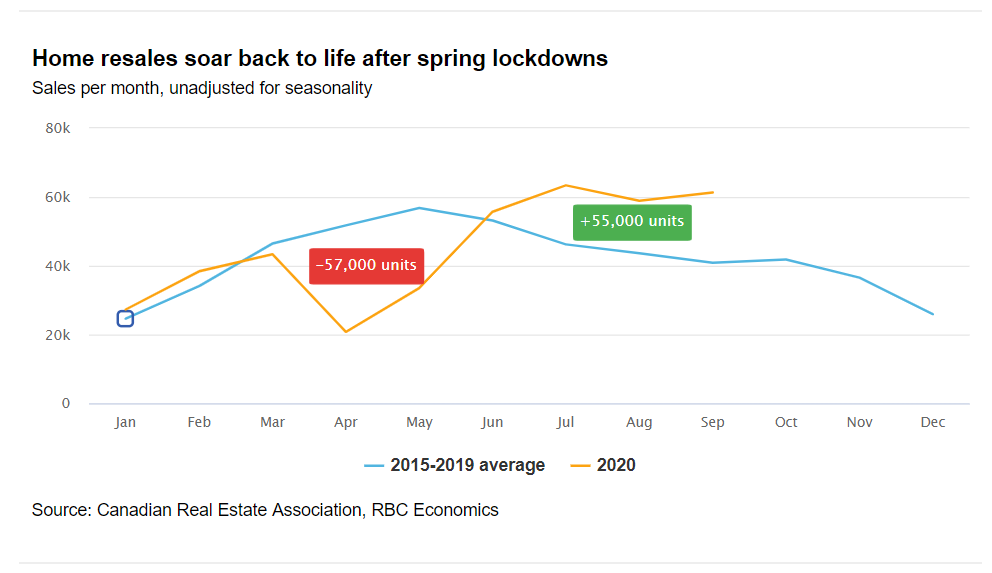
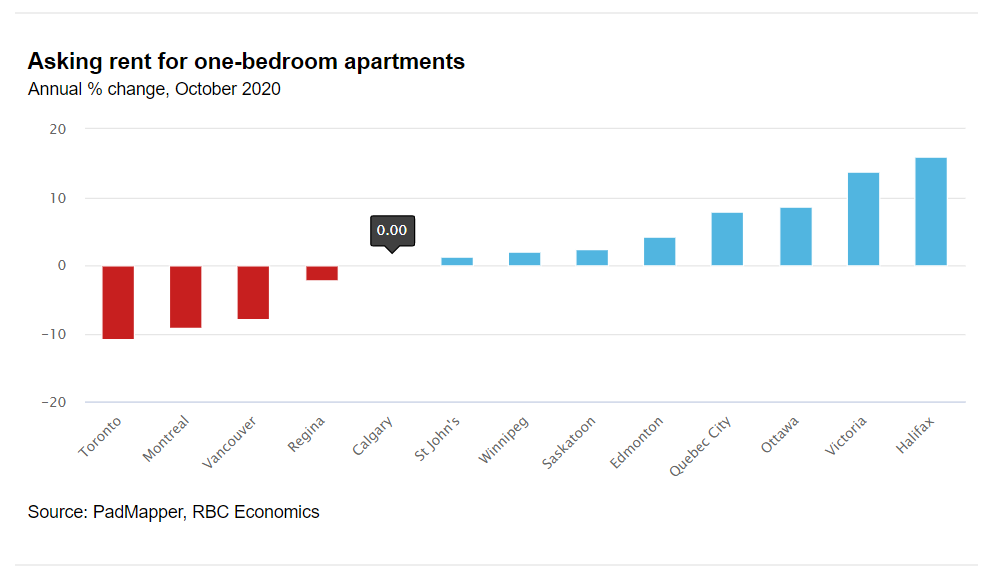
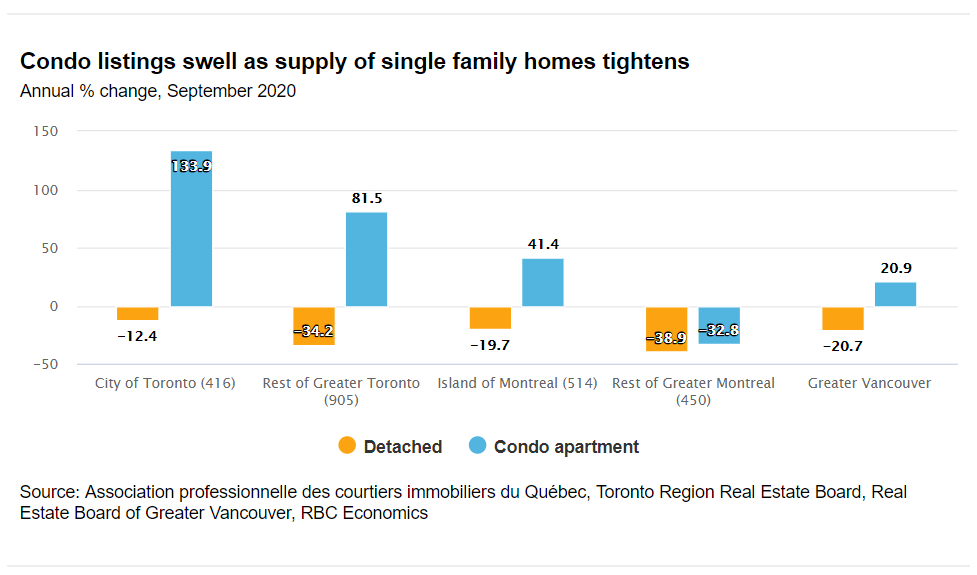

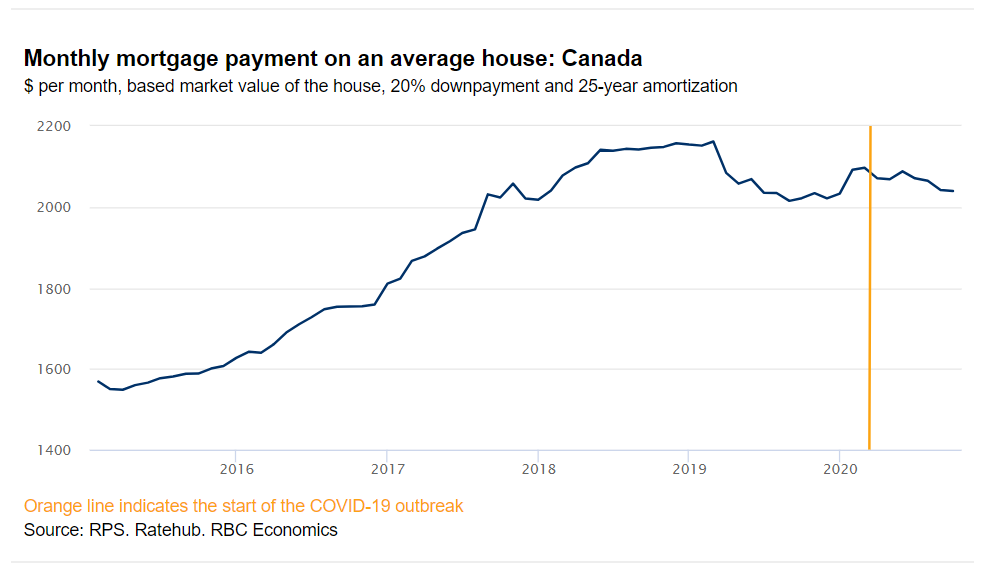
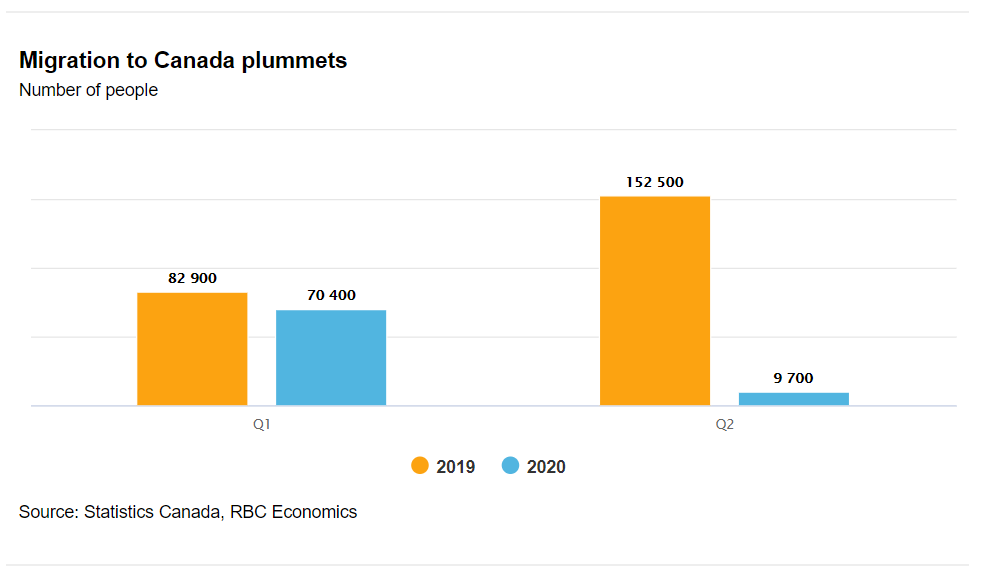

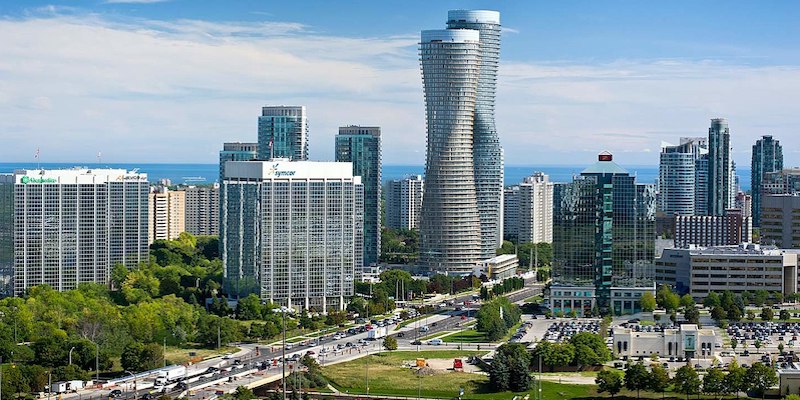




 Maziar Moini, Broker of Record - Home Leader Realty Inc.
300 Richmond St. W., #300, Toronto, ON M5V-1X2
Maziar Moini, Broker of Record - Home Leader Realty Inc.
300 Richmond St. W., #300, Toronto, ON M5V-1X2

